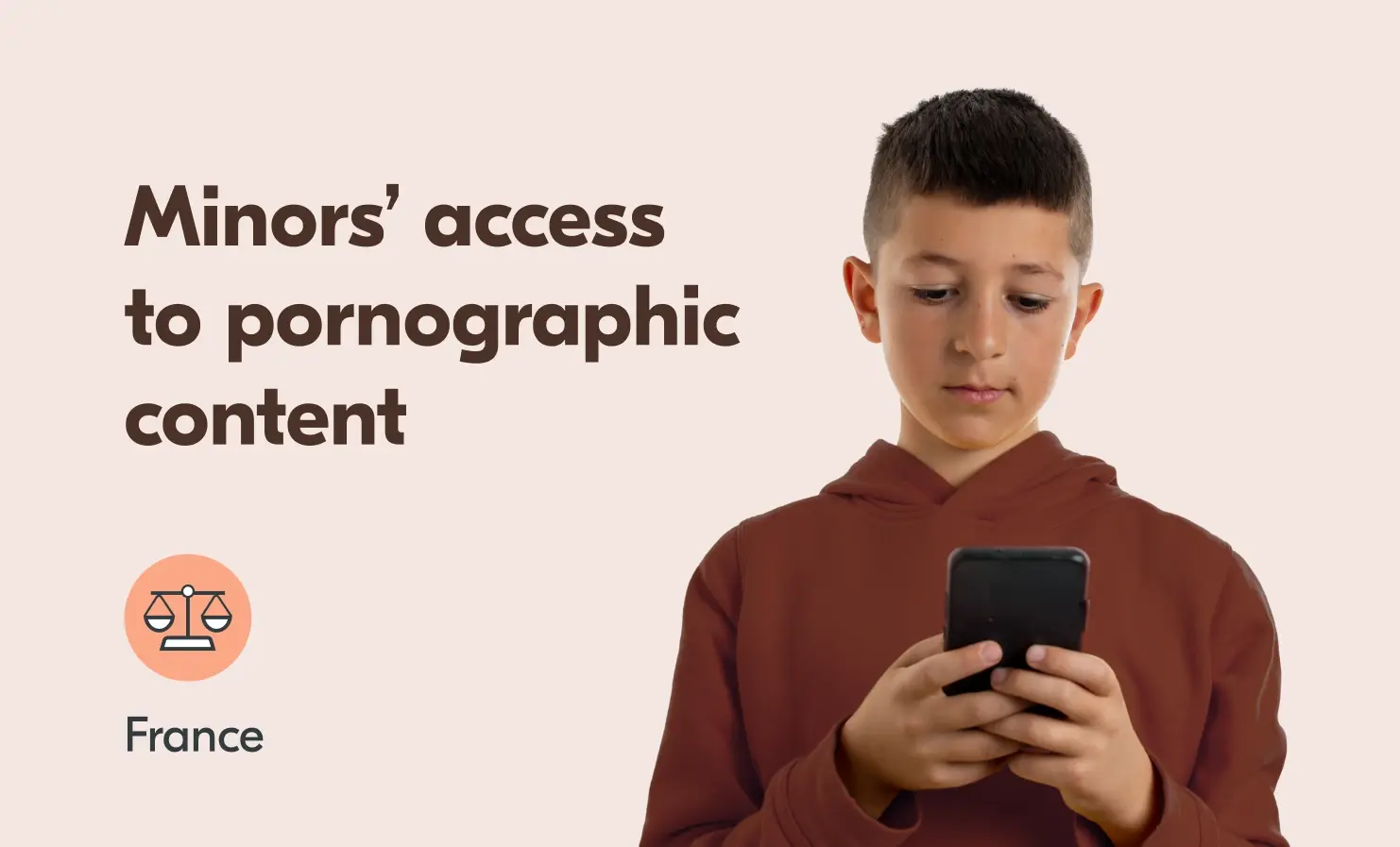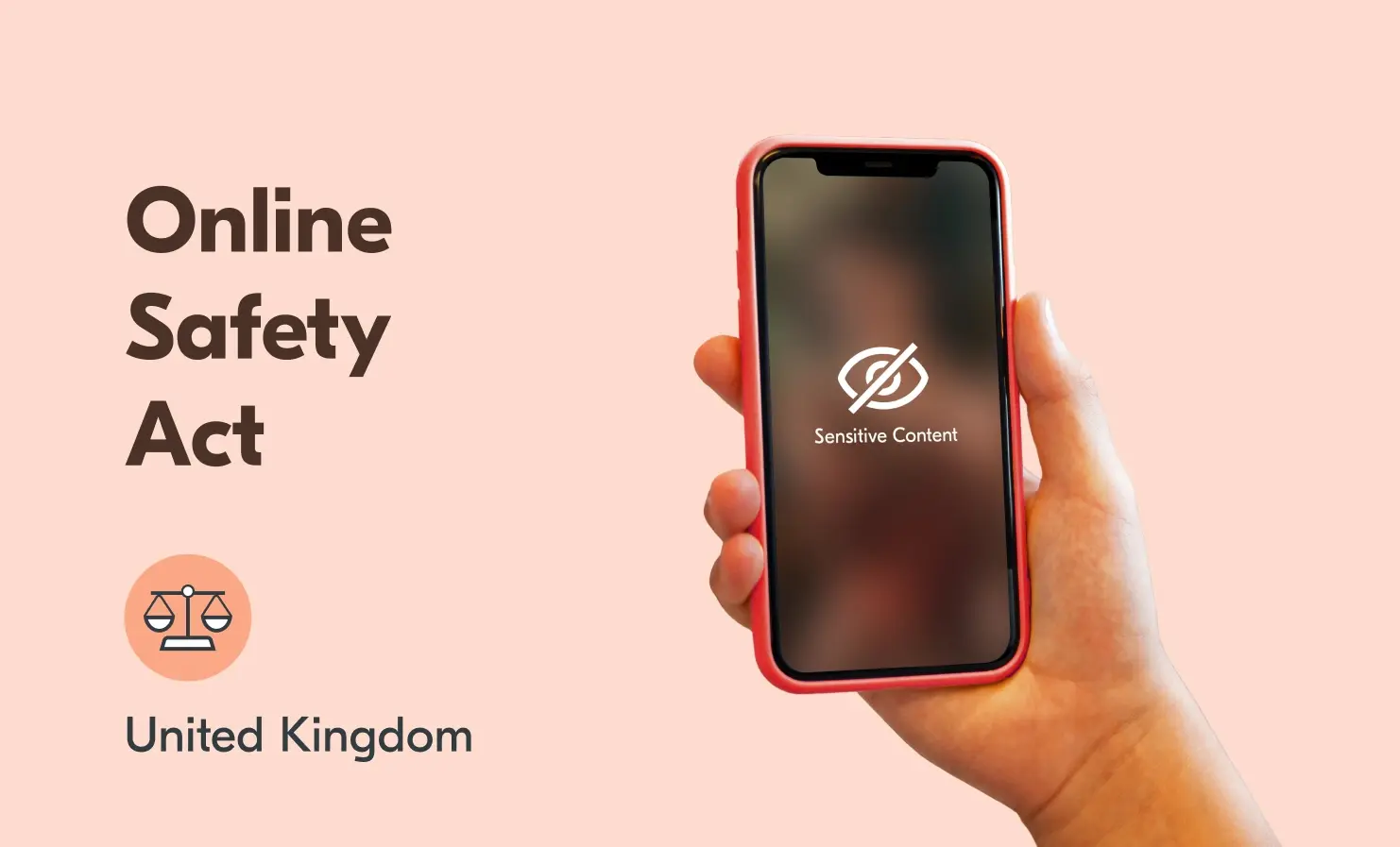Shop with confidence: protect yourself on secondhand platforms with peer to peer checks
From clothes and accessories to furniture, toys and electronics, there’s a whole variety of secondhand items being bought and sold online. Over the last few years, the popularity of secondhand platforms has continued to grow. Sellers are keen to turn unused items into money and buyers are on the hunt for a bargain. In fact, 63% of UK online shoppers say they’ve bought secondhand in the past year, compared to 37% who haven’t. Clothing is most popular, with 30% of people purchasing a pre-owned clothing item in the last year. Our own research found that 65% of people will
’Tis the season to be thrifty: UK shoppers hunt out Christmas bargains on eBay, Etsy and Vinted, but scam fears linger
More than half of young people have been scammed themselves or know someone who has been scammed via secondhand marketplaces A quarter of Brits fear falling victim to online scams London, UK – 20th November 2024 – As the cost of living crisis continues to bite, new research from digital identity company Yoti (carried out by Censuswide) reveals that UK shoppers are tightening their belts this festive season, with 65% turning to online marketplaces in search of affordable Christmas gifts on sites such as eBay (46%), Etsy (27%), Vinted (22%) and Facebook Marketplace (18%). However, while bargain-hunting
Deloitte UK Technology Fast 50 2024 - Yoti named as one of the UK's fastest growing tech companies
8th November 2024, London, UK – Yoti, a leader in digital identity, has been named in the 2024 Deloitte UK Technology Fast 50, ranking among the UK’s fastest growing technology companies. This achievement reflects Yoti’s impressive 1848% revenue growth over the last three years, securing its position at number 20 on the list. Robin Tombs, CEO at Yoti said: “We’re delighted to be recognised as one of the UK’s fastest growing technology companies. When we started Yoti a decade ago, we set out to fix the broken identity system. Thanks to the dedication and hard work by our team,
Thoughts from our CEO
In this blog series, our CEO Robin Tombs will be sharing his experience, whilst focusing on major themes, news and issues in the world of identity verification and age assurance. This month, Robin gives a summary of the upcoming legislation for online porn in France, responds to Ofcom’s claims that facial age estimation is not effective for under 13s, and looks at the upcoming Digital Information and Smart Data Bill. French regulator introduces age checks for online adult content Big news this month that Arcom, the French regulator responsible for online porn, has announced the date that platforms
French regulator Arcom introduces age checks for online adult content
In October 2024, Arcom, the French regulator responsible for online porn, announced that adult operators and platforms with pornographic content need to introduce age checks, ensuring only adults can access the content. These rules are effective from 11th January 2025. There will be a three month transitional period, where temporary methods like bank card verification can be used as a preliminary age filter, but they must include strong authentication to ensure that the user is the cardholder. After the transitional period ends on 11 April 2025, adult site operators will need to have taken the following steps: Age checks
Understanding age assurance in the Online Safety Act
The Online Safety Act 2023 is a piece of UK legislation that aims to protect children and adults online. It covers a wide range of issues including minimising the risk of children seeing harmful and age-inappropriate content, removing illegal content like child sexual abuse material (CSAM), criminalising fraudulent and scam ads, and introducing age verification for certain online services. This blog looks at some of the age requirements in the Online Safety Act and what this means for tech companies, adult sites, gaming companies, social media platforms and dating sites. What is the purpose of the Online Safety






